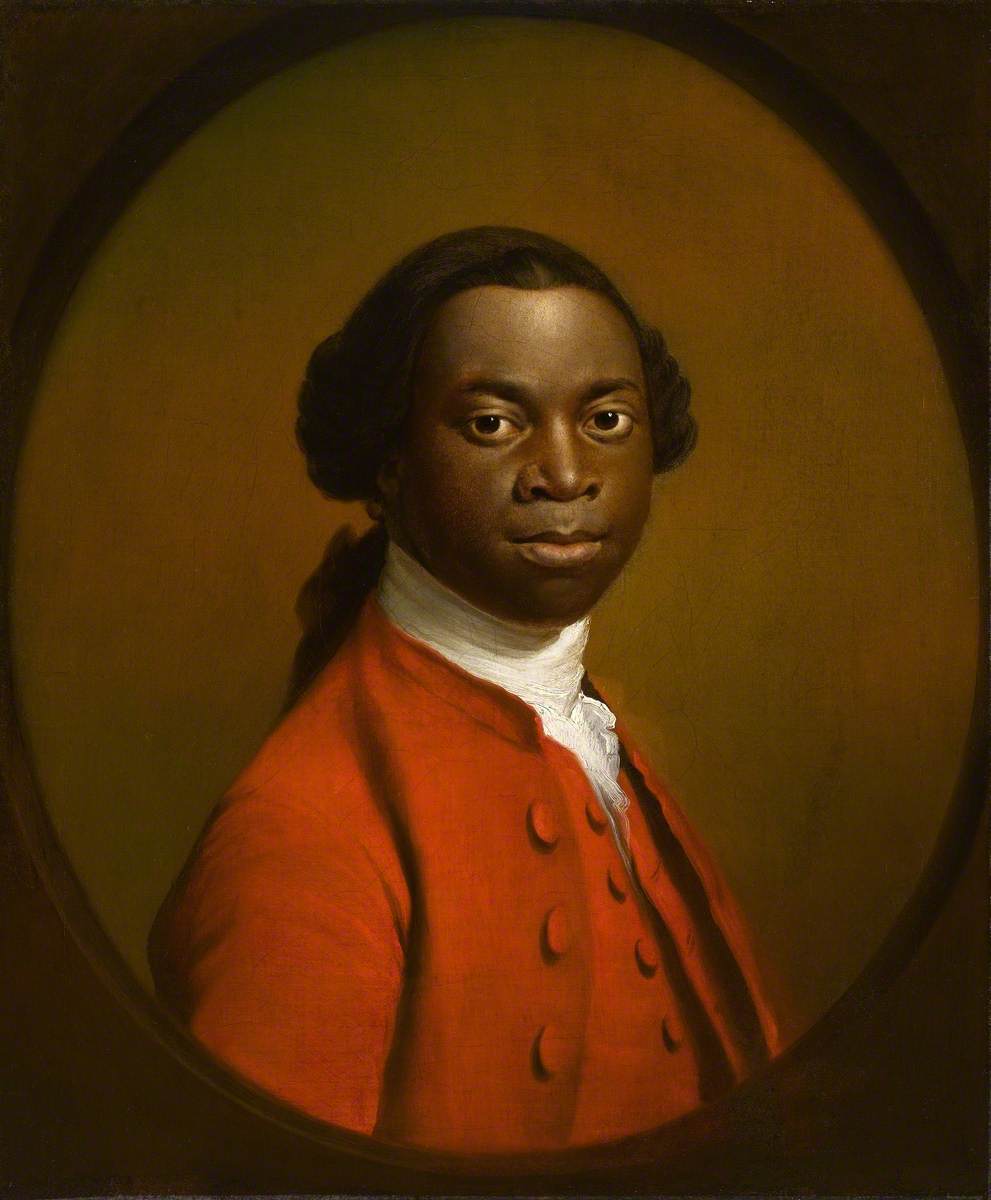In their absence, however, is blandness and vagueness. Too often I was left wondering why? Why was John Singleton Copley there? Because he, like Benjamin West was American, although there was no attempt to analyse their unique position as colonial but white? Because of the Black figure ignored in a caption which focuses instead Watson's survival to become Mayor of London? Because Copley was a big eighteenth century name they could get hold of? Similarly, Bowling and Gallagher are part of a room dedicated to the sea which is split awkwardly between the Middle Passage and whaling with a couple of second-rate Turners for good measure. The 'Constructing Whiteness' display feels especially thrown together. Frank Dicksee's laughably awful Startled doesn't need a caption which ties itself in knots over 'aryanising', 'nordic' and 'classical'. The slippery language emphasises a nettle ungrasped: issues of Academy racism are taken up to the Second World War and then glossed over. Surely this was the moment to acknowledge the embarrassing truth that Sonia Boyce, the first Black female academician, was only elected in 2016.
'Entangled Pasts' raises obvious comparisons with the recent, albeit much smaller, 'Black Atlantic' exhibition at the Fitzwilliam Museum - even some of the same works are on show. The Fitzwilliam went for tightly written text and impeccable lighting to create nuance and structure and maximise their limited exhibits. The Royal Academy, in contrast, underuses Barbara Walker's Vanishing Point and the beautiful Man in a Red Suit is shown, along with fine portraits by Gainsborough, Reynolds and others in a gloomily empty octagon. Isaac Julien's film deserves a better space: crowded watchers jostle with those trying to get through to the sculptures beyond and the tintypes behind are impossible to see. Meanwhile, Lubaina Himid's Naming the Money installation sprawls over two rooms, its impact lessened as a result. Inevitably, with 100 works and 50 artists, there are weaker pieces and you could certainly make the case for some judicious pruning.
In some ways 'Entangled Pasts' is a show of (mainly) good art, poorly served. But maybe that doesn't matter. Its big, rambling, inconclusiveness is in itself a metaphor for the entangled past it's seeking to represent. There are no easy answers or straightforward narratives. There are questions and problems and dead-ends. The curators resolutely refuse to tell us what to think, but thank goodness for that. What the show does - and arguably what it could have done even more - is pit the past against the present and let the results speak for themselves. Let's have more of the same.




No comments:
Post a Comment